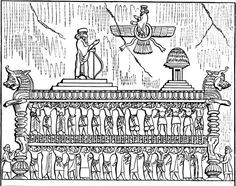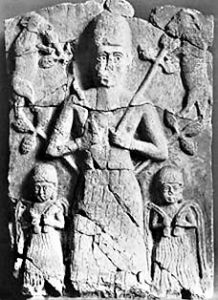The translation on this webpage was adapted from A.K. Grayson, Assyrian and Babylonian Chronicles (1975) and Jean-Jacques Glassner, Mesopotamian Chronicles (Atlanta, 2004).
The Assyrian empire
The Chronicle Concerning the Reign of Šamaš-šuma-ukin (ABC 15) is one of the historiographical texts from ancient Babylonia. It deals with the reign of Šamaš-šuma-ukin (667-648), brother of king Aššurbanipal of Assyria, and several other apparently unrelated events that appear to have something to do with Šamaš-šuma-ukin.
The text is inscribed on a small tablet, BM 96273 (1902-4-12, 385), which has the shape of a Neo-Babylonian business document (cf. Chronicles 2, 4, 6, and 9). It measures 57 mm wide and 43 mm long. The text is not well preserved. At one time it was broken into two pieces and there is a small gap where these pieces have been joined. The lower left-hand corner is missing and there is a deep gouge in the obverse.
Events related to different kings are indicated by different colors.
(Texts: All Artifacts, Color Coding, & Writings in Bold Type With Italics Inside Parenthesis, are Added by Editor R. Brown, not the Authors, Translators, or Publishers!)
(gods in blue)
Translation
| 1 The sixth year of Aššur-nadin-šumi (694/693): On the first day of the month Šabatu Anu-rabu went from Der to Assyria. |
| 2 The fourth year of Šamaš-šuma-ukin (664/663): On the twelfth day of the month Tašrîtu |
|
3 the Elamite prince fled to Assyria. |
|
—————————————— |
| 4 The fourteenth year (654/653): The ancient bed of Bêl went from Baltil (Aššur) to Babylon. |
|
—————————————— |
|
5 The fifteenth year (653/652): The new chariot of Bêl (Marduk) […] he took to Babylon. |
|
—————————————— |
|
6 The sixteenth year (652/651): On the eighth day of the month Šabatu the king withdrew before the enemy into Babylon. |
|
—————————————— |
| 7 The seventeenth year (651/650): On the ninth day of the intercalary month Ulûlu, Šamaš-šuma-ukin mustered an army, |
|
8 marched to Cuthah and took the city. |
|
9 He defeated the army of Assyria and the Cutheans. |
|
10 He captured the statue of Nergal and took it to Babylon. |
| 11 On the twenty-seventh day of the month […] the officers of Assyria rebelled.[1] |
|
12 […] He went on horseback to Ša-pî-Bêl?. |
|
13 Nabû-bel-šumati, governor of the Sea-land |
|
14 […]ed them and like […] |
|
15 […] he caused him to enter with him. |
|
16 He established their defeat and did not let anyone escape. |
|
17 He captured the general? of the army of Assyria and |
|
18 when he had finished his conquest he took him to the king of Babylon. |
|
—————————————— |
| 19 The eighteenth year (650/649): On the eleventh day of the month Du’ûzu the enemy invested Babylon. |
|
—————————————— |
|
20 For three months, Širikti-šuqamuna, |
| 21 brother of Ninurta?-kudurri-usur, ruled Babylon.[2] |
|
—————————————— |
| 22 The fifth year and the sixth year of Nabû-šuma-iškun [3]: Nabû did not come for the procession of Bêl. |
|
—————————————— |
|
23 Non-integrated lines, extracted from a wax tablet for the sake of completeness. |
|
24 One-column tablet of Nabû-kasir, descendant of Ea-iluta-ibni. |
Note 1:
This appears to be a reference to the revolt of Nabû-bel-šumati, who, according to the Annals of Aššurbanipal, arrested and imprisoned several Assyrian officers.
Note 2:
A reference to Širikti-šuqamuna, king for three months in 985 BCE.
Note 3:
King for at least thirteen years, the last of which must have been 748 BCE.

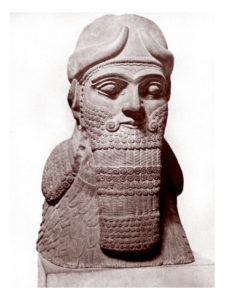
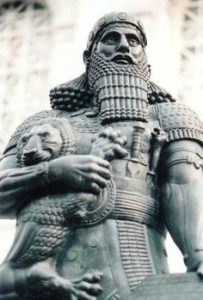
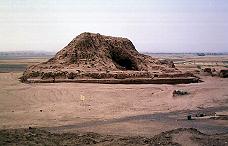
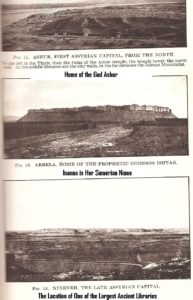 (
(